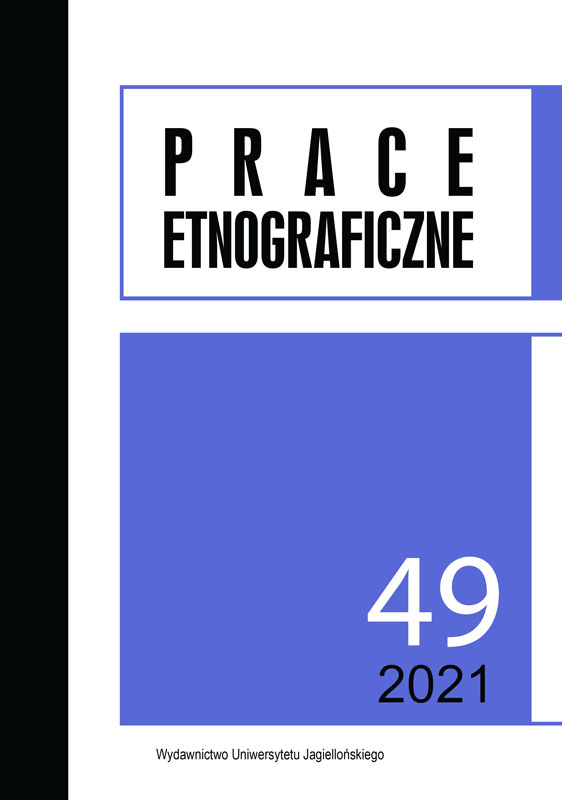“Urbanisation of the Steppe”. Sedentarization, Mobility, and Collective Business-Making Among the Torghuts in Post-transitional Mongolia
“Urbanisation of the Steppe”. Sedentarization, Mobility, and Collective Business-Making Among the Torghuts in Post-transitional Mongolia
Author(s): Tomasz RakowskiSubject(s): Cultural Anthropology / Ethnology
Published by: Wydawnictwo Uniwersytetu Jagiellońskiego
Keywords: cooperation; mobility; sedentarization; Mongolia; self-organization; business; the Torghuts
Summary/Abstract: Drawing from Danuta Markowska’s notion of “urbanisation of the steppe” (1969) I present in this article some processes of transformation of pastoral life that occurred in postsocialist and post-transitional Mongolia. I focus especially on how some new forms of sedentarization, mobility and self-organization appeared among the new generation of the Torghuts from Bulgan district (soum) in western Mongolia, sons and daughters of the herders. Nowadays, they are developing their new businesses in Bulgan, and also in Ulaanbaatar, the capital city, where they have established a Torghut business-hub called the Torguud Town. In this article I will reconstruct some essential processes in which they rearrange their space of living and their patterns of mobility, and show that these reactions, the new patterns of sedentarization and mobility, are related to spatial dimensions of pastoral self-organization. Moreover, these reactions are still rooted in mobility, constant swapping and a “technology of solidarity”, and thus embody very specific pastoral practices and ideas.
Journal: Prace Etnograficzne
- Issue Year: 49/2021
- Issue No: 1-2
- Page Range: 1-20
- Page Count: 20
- Language: English

